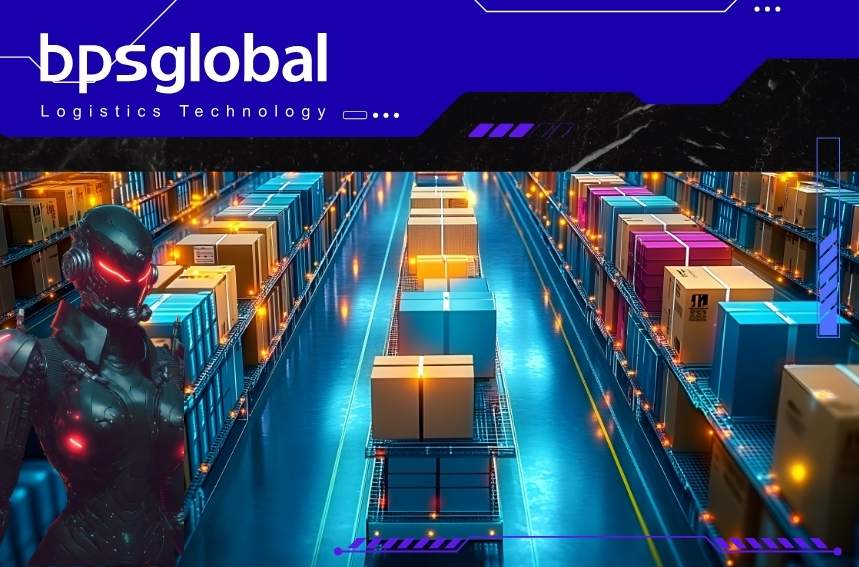Navigating the Roadblocks and Opportunities in APAC's Warehouse Automation
.png)
The current state, challenges and promising prospects of warehouse automation in Asia Pacific (APAC) reveal a region with immense potential, yet where adoption still lags behind other markets. This exploration covers the barriers to widespread automation, highlights the key trends driving growth and examines how APAC’s unique market dynamics may shape the future of warehouse automation across the region.
Current State of Warehouse Automation in APAC
As e-commerce and digital retail continue to grow in APAC, back-end warehousing operations are adopting automation solutions faster than ever before. Economic growth and rising consumer demand are pushing warehouse operations away from manual processes toward sophisticated automation systems. Leading logistics hubs such as Hong Kong, Singapore and Thailand are investing heavily in technologies like automated storage and retrieval systems (AS/RS), autonomous mobile robots (AMRs) and warehouse management systems (WMS) to increase operational efficiency and meet surging demand.
In 2023, APAC’s warehouse automation market reached US$2.1 billion, with a projected compound annual growth rate (CAGR) of 14.2% from 2024 to 2029. Singapore leads in regional automation adoption, followed by Hong Kong, Thailand and Malaysia, while emerging markets like Vietnam and Indonesia are rapidly closing the gap with significant investments in automation infrastructure.
Major drivers for this growth include rising labour costs, the need to improve delivery performance and an influx of global companies establishing operations in the region. The market is expected to reach US$4.7 billion by 2029, fueled by technological advancements and the increasing adoption of Industry 4.0 practices.
Challenges Slowing the Adoption of Warehouse Automation
Several challenges are slowing the adoption of warehouse automation across APAC. The primary obstacle is the high upfront cost, with basic automated storage systems costing up to US$1 million and more advanced solutions exceeding US$5 million. Such costs are prohibitive for smaller enterprises.
The region’s labour dynamics also create a complex situation. While labour costs are rising in markets like Hong Kong and Singapore, affordable labour is still prevalent in much of Southeast Asia, making it harder for businesses to justify automation investments. Additionally, many emerging markets face infrastructural limitations, including unreliable power supply and internet connectivity, which complicate the deployment of automated solutions.
According to a recent industry analysis, uncertainty around Return on Investment (ROI) also slows adoption. Although automation can reduce operating costs by 20-30%, the ROI timeline is often over 5-7 years due to lower labour costs than in developed markets. This extended ROI timeline, combined with rapid technological evolution, has made many businesses hesitant to commit to large-scale automation investments.
Market Drivers and Opportunities
The rapid growth of e-commerce is reshaping logistics, creating an unprecedented demand for efficient warehousing and automation. As more consumers opt to shop online, businesses face the pressure to fulfill orders quickly and accurately, increasing the need for optimised storage, faster sorting and real-time inventory management. Companies are now investing in robotics and AI-driven automation technologies to improve efficiency and reduce manual labor.
Governments in APAC recognise the importance of logistics infrastructure for economic competitiveness and are incentivising modernisation efforts through tax breaks and financial support for automation and sustainability initiatives. Advanced technologies such as AI, autonomous vehicles and IoT are transforming warehouses into smart hubs, making scalable automation solutions more accessible and affordable for businesses of all sizes.
Unlocking Potential in APAC's Warehouse Automation
While APAC’s warehouse automation sector faces hurdles – such as high costs, limited infrastructure, and a shortage of skilled labor – it also presents significant opportunities. Growing e-commerce demand, rising consumer expectations, and advances in automation technology are driving the need for efficient, scalable and flexible warehousing solutions. As these forces continue to strengthen, the adoption of automated systems is poised to reshape logistics across the region.
To remain competitive, businesses should closely analyze these trends and strategically invest in automation to support long-term growth. The future of warehousing in APAC holds great promise, and those who seize the opportunities within this shift stand to benefit substantially.
As you plan the future of your warehousing operations, explore automation solutions tailored to the unique challenges of APAC. Early adoption could position your business for success in this competitive landscape. BPS Logistics Technology specialises in innovative warehouse automation solutions designed to meet the needs of this evolving market. Partner with us on your journey toward unlocking significant business growth.




